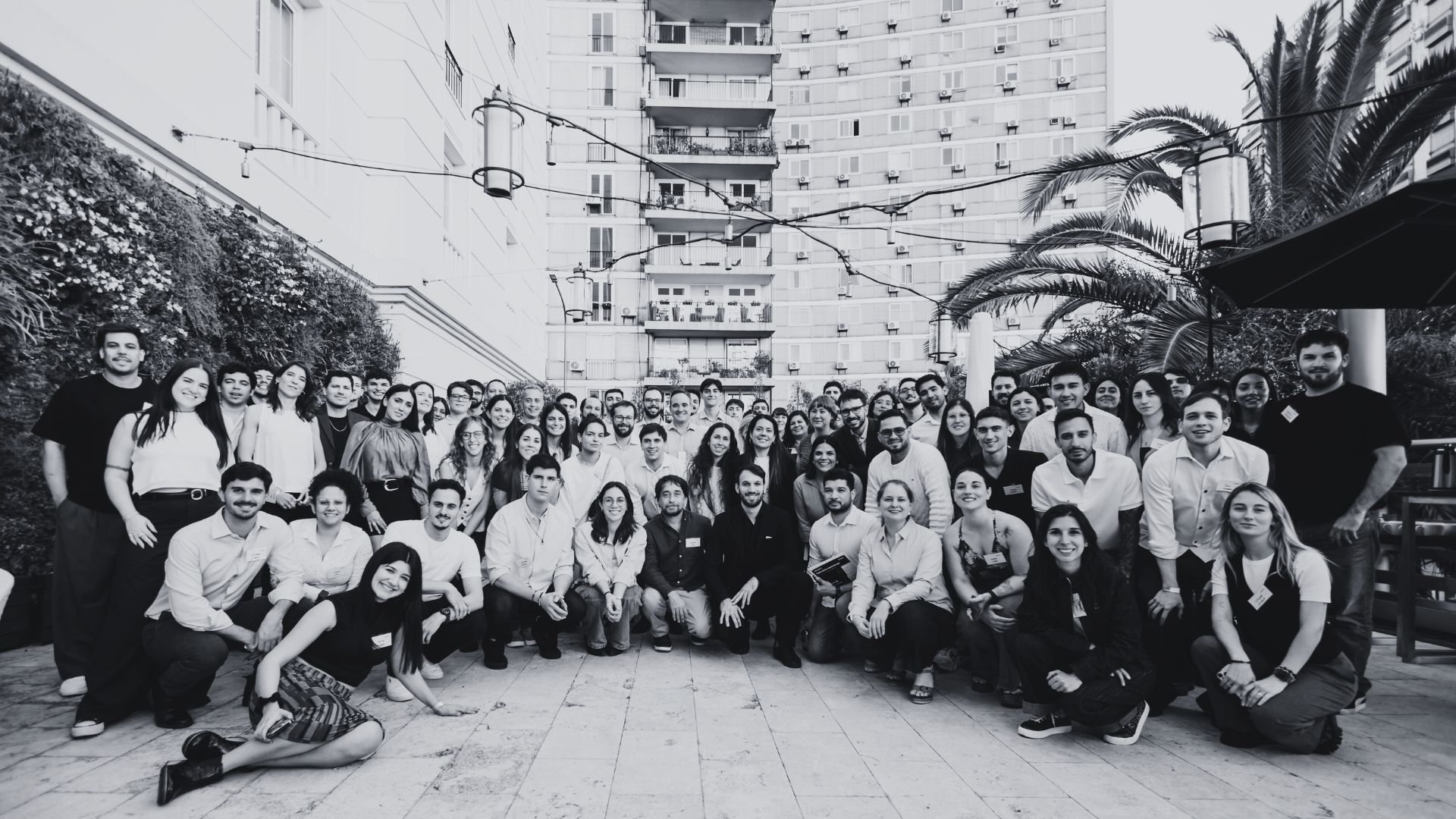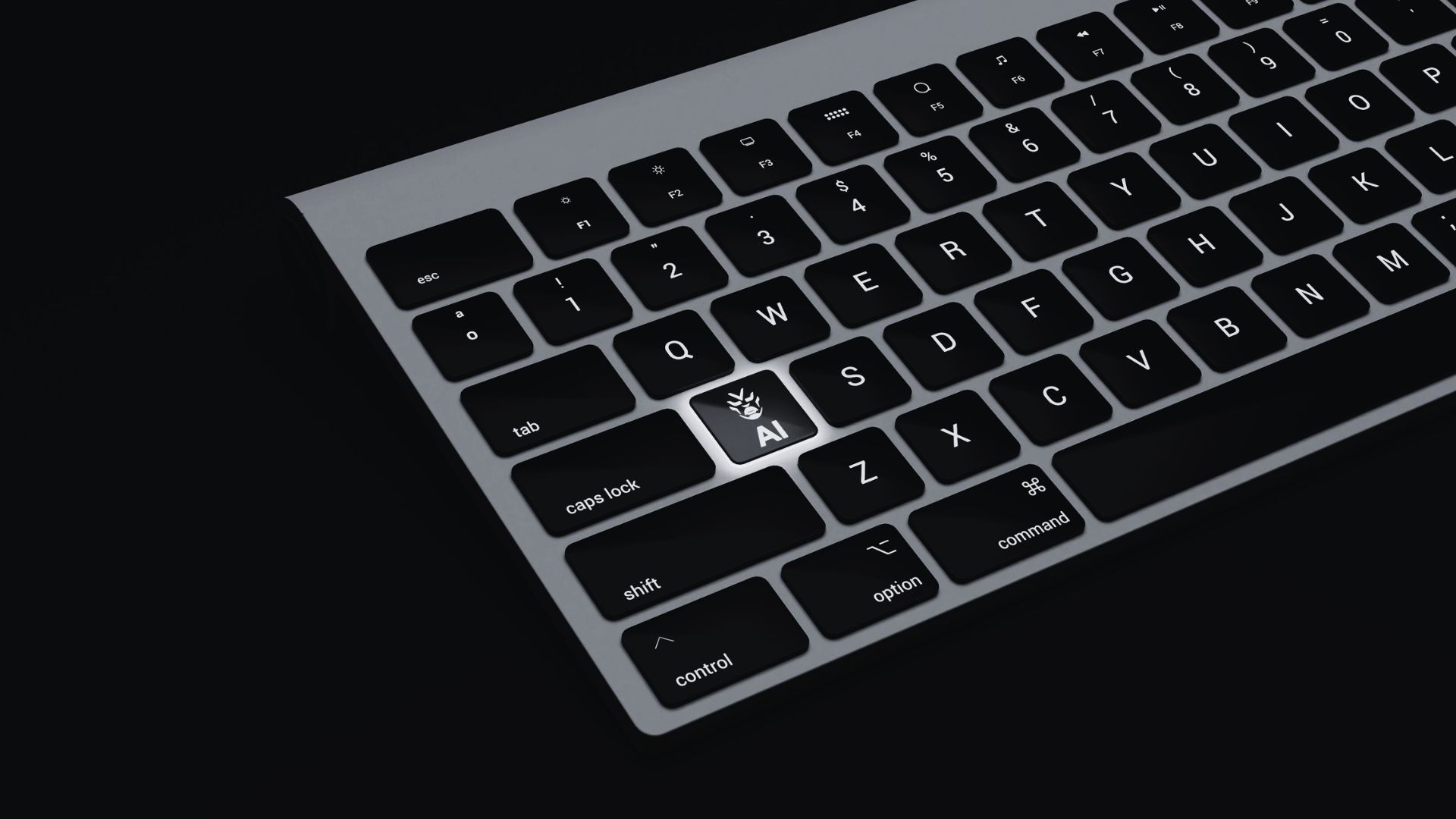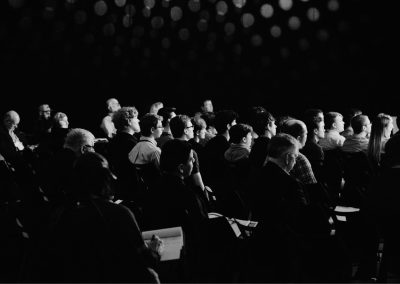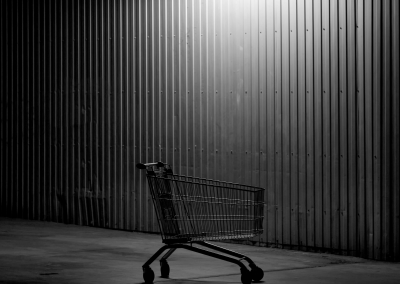Achieving growth objectives is a goal for all brands, but between capturing consumer attention and meeting high expectations around data and personalization, the recipe for sustainable growth can be challenging for many companies.
For Kentucky Fried Chicken (KFC), the key to continuous growth lies in its customer lifecycle strategy. To learn more about its winning approach, we sat down at Forge with Ashley Travis, Senior Director of Digital Experience & Product Growth at KFC. There, Ashley shared KFC’s approach to the three key components of lifecycle management: activation, retention, and monetization, and explored how different KFC marketers have leveraged them to achieve stronger results and customer relationships.
How KFC Activates Customers
Brand activation refers to marketing activities designed to engage a company’s target audience. Another way to think about activations, Ashley explained, is as the “aha!” moments that make a brand more memorable to consumers.
KFC separates activations into two categories: Active and Always-On.
Active: Think of major promotions or campaigns. The goal of these activations is to drive a large number of consumers to take the next step, whether it’s purchasing their first meal, downloading the app, etc.
For example, the KFC UK team created a gamified way to drive customers to the app through a rewards program that gave customers the chance to win prizes. Since launching this activation, there have been 2.3 million new app users, over 1.8 million game plays, and a 44% increase in daily app usage.
Always-On: These activations foster smaller brand connection moments for customers who arrive organically or through channels like paid media and in-store marketing.
When the KFC team in Trinidad & Tobago faced a gap between app downloads and account registrations, they knew they needed better ways to onboard new customers. Through rigorous A/B testing, they identified a winning welcome journey that boosted registrations, reduced the time from download to first purchase, and generated significant revenue. This became a perennial activation, continuously benefiting their customer engagement program.
The Secret Sauce of Retention
Retention is an outcome metric influenced by a company’s efforts to drive and maintain customer engagement. According to Ashley, this can be the hardest element for brands like KFC, which are built around being an irresistible craving.
“People don’t eat KFC every day, but we want them to think about KFC in that moment when they want something finger-licking good,” Ashley explains. “So driving retention and engagement becomes about relevance. It’s about becoming increasingly relevant to customers in more moments throughout the year when they have that craving moment.”
To build relevance, KFC relies on user data to enhance the customer journey. The modern consumer knows that brands are collecting their data, Ashley notes, and they generally have high expectations about how those brands use it.
To meet these high expectations and better foster loyalty, KFC strives to take a customer-centric approach:
- The KFC team in Australia segments customers into seven groups based on their purchase value, typical order time, and adventurousness. Data analysis reveals other customer engagement opportunities, and then the team leverages both Braze Content Cards—a customizable persistent messaging channel that seamlessly fits into the app or web experience—and in-app messaging to highlight personalized offers for each user’s unique behavior.
- The KFC team in South Africa was looking for a way to excite and engage its customers without launching a mobile app. Their solution? Using Braze’s customer engagement platform to create and display reward badges that customers in the market could earn over time by trying new menu items.
Two Ways KFC Drives Monetization
The final element of a successful customer lifecycle strategy is monetization, which occurs as a direct result of activation and retention. When a business can attract and retain its audience, it becomes significantly easier for marketers to build deeper relationships and effectively monetize both new and existing customers.
As with retention, Ashley recommends leveraging customer data to enrich and inform monetization strategies. After all, knowing where to direct your customers in their journey requires a comprehensive understanding of how they’re interacting with your brand.
Here are two ways KFC has effectively leveraged customer engagement to drive monetization:
- The KFC Trinidad & Tobago team identified a specific time frame after customers downloaded the company’s mobile app and found that the average customer placed an order. Using this information, the team leveraged data to introduce personalized journeys and offers to users, aiming to increase revenue opportunities. The result? Order frequency doubled.
- KFC US partnered with the video game Diablo IV for a limited-time promotion. Customers who reached a certain spending threshold at KFC received in-game promotional codes for exclusive Diablo content. This collaboration generated significant attention, encouraged mutual fans of both brands to increase spending, and attracted new customers to KFC’s digital ecosystem, providing additional monetization opportunities in the future.
Final Thoughts
Whether welcoming new customers or ensuring their food is the first thing people think of when a craving hits, KFC targets customers at every stage of their journey with a comprehensive lifecycle strategy. Through thoughtful personalization, multi-channel efforts, and well-defined goals, this global brand continues to prove that effective customer engagement can drive sustainable success.
Source: Braze





